1. They’re Deep-Sea Chimneys
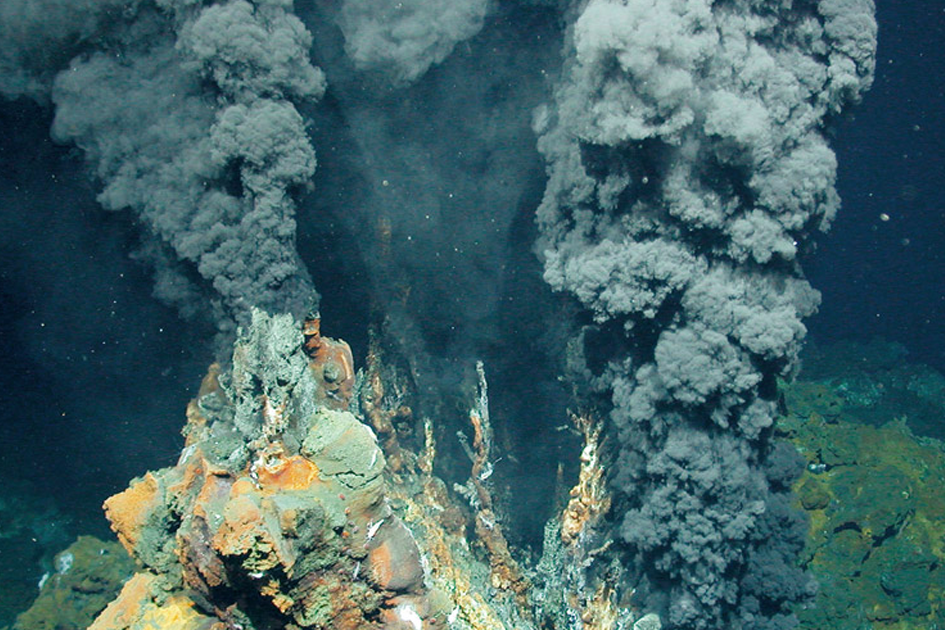
The ocean hides strange worlds we rarely think about, and one of the most fascinating is the hydrothermal vent. These form when seawater seeps into Earth’s crust, heats up from magma below, and bursts back out, creating towering mineral chimneys. Rising from the dark seafloor, they look like eerie smokestacks in an underwater city. What is truly remarkable is that these chimneys are alive with heat, minerals, and constant activity. It feels almost like nature has built its own factories deep below, operating quietly where no sunlight reaches, fueling mysteries that scientists are still piecing together today.
2. Temperatures Can Exceed 700°F
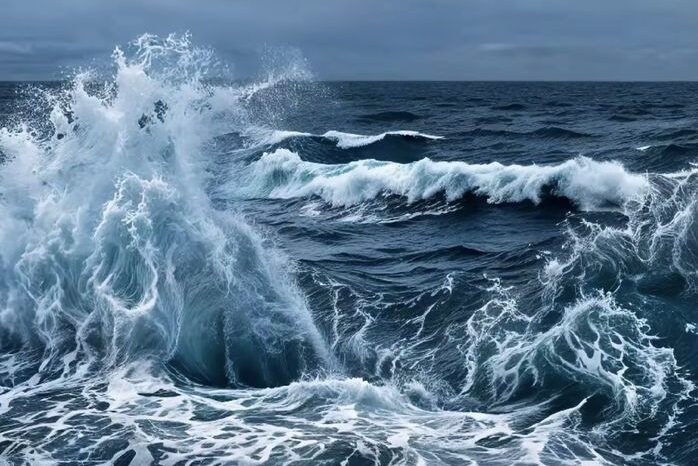
One of the wildest things about hydrothermal vents is how hot they get. The fluids shooting out can reach 750°F, hotter than most ovens we use at home. What makes this even stranger is that the water does not boil, even at those temperatures. That is because the extreme pressure of the deep sea keeps it from vaporizing. Just a few feet away, the ocean is near freezing, which means vent life is constantly exposed to extreme opposites. It is a dramatic reminder that Earth thrives on contrasts, creating strange and beautiful environments we can hardly imagine.
3. No Sunlight Needed
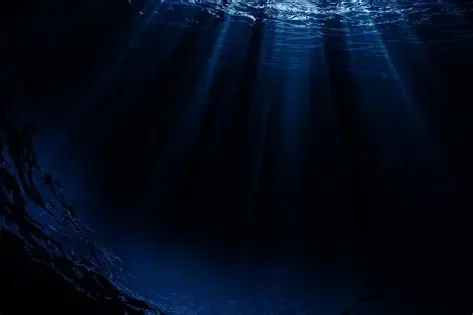
Unlike the rest of the planet’s ecosystems, vent life does not depend on the sun. Instead of photosynthesis, the foundation here is chemosynthesis, where tiny microbes convert toxic chemicals into energy. That single process builds entire food webs in complete darkness. It flips everything we thought we knew about survival, proving life does not always follow the rules we expect. These microbes support tube worms, clams, and crabs, creating entire thriving communities. It is inspiring to realize that energy does not have to come from light. Sometimes chemistry itself is enough to keep an ecosystem alive and well.
4. Home to Bizarre Creatures
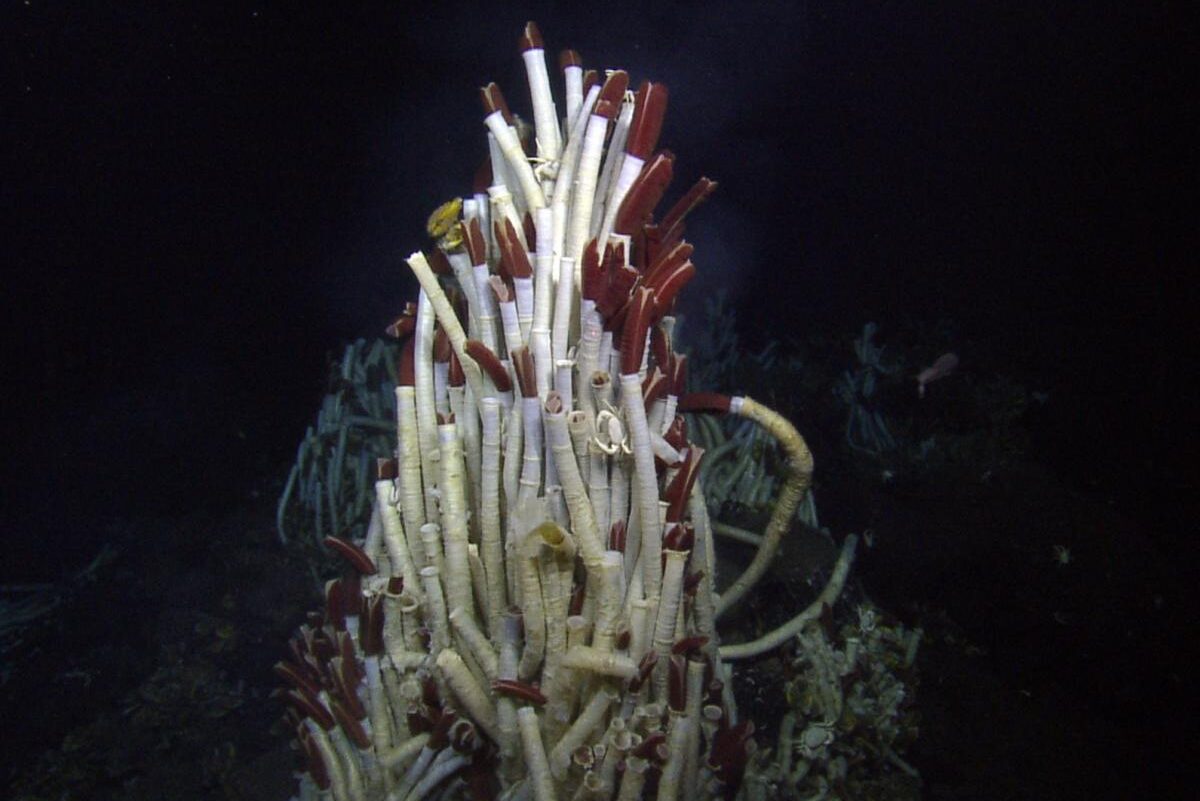
The creatures that live around hydrothermal vents look like they belong in another world. Giant tube worms stretch taller than a person, yet they have no mouths or stomachs. Instead, they rely on bacteria inside their bodies to survive. There are also shrimp without eyes and crabs with hairy arms that scoop up bacteria from vent plumes. These organisms flourish in temperatures and chemical conditions that would kill most life. They remind us that survival can take the strangest forms, and that evolution is endlessly creative when faced with challenges. The deep sea truly feels alien and captivating.
5. They Create Their Own Ecosystems
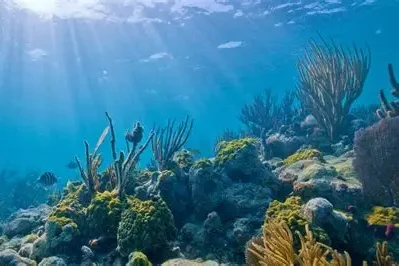
Every hydrothermal vent becomes a world of its own. Microbes colonize the chimneys first, feeding small creatures like snails and mussels. From there, larger animals such as crabs and octopuses appear, turning the area into a lively, interdependent community. What makes it even more fascinating is that each vent has a unique mix of life, shaped by the chemistry of the minerals pouring out. These ecosystems thrive without any sunlight at all, proving that the rules of survival bend beneath the ocean. It is like nature builds miniature neighborhoods, each bustling with its own hidden rhythms and stories.
6. They May Be the Cradle of Life
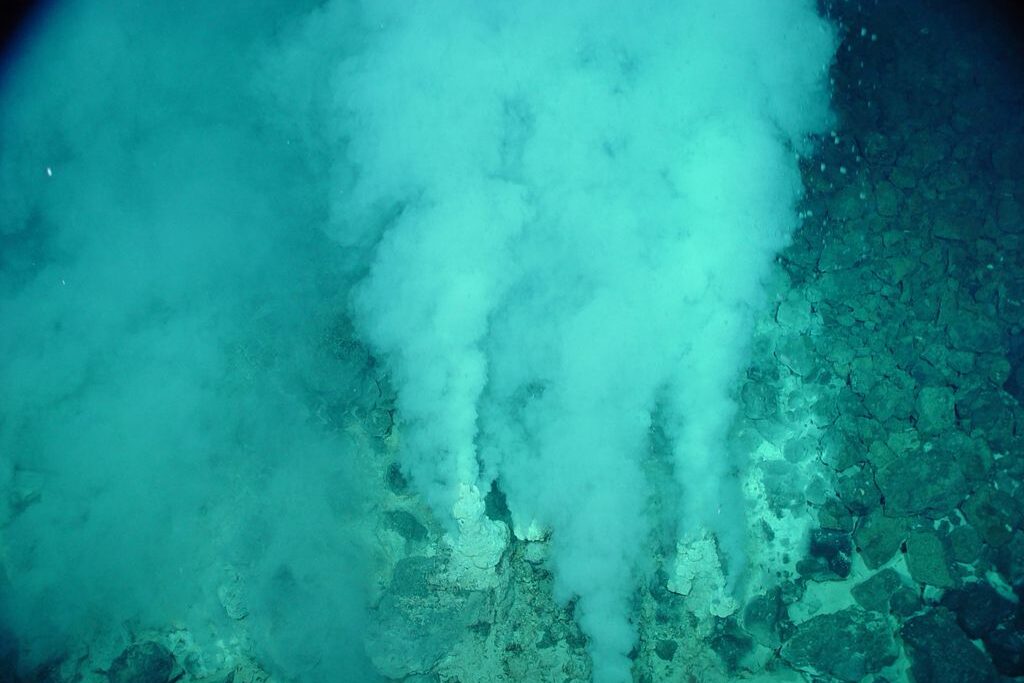
Some scientists believe the very first sparks of life began at hydrothermal vents. The warm, mineral rich environment could have provided the chemistry needed to form the earliest living cells. More than four billion years ago, the seafloor may have been the perfect laboratory for life to take root. The thought that every plant, animal, and person today can trace back to these vents is astonishing. It is like a reminder that even in darkness, beginnings can happen. Vents are not only strange structures of the present, but possible storytellers of Earth’s earliest and most important moment.
7. They’re Found All Over the Ocean Floor
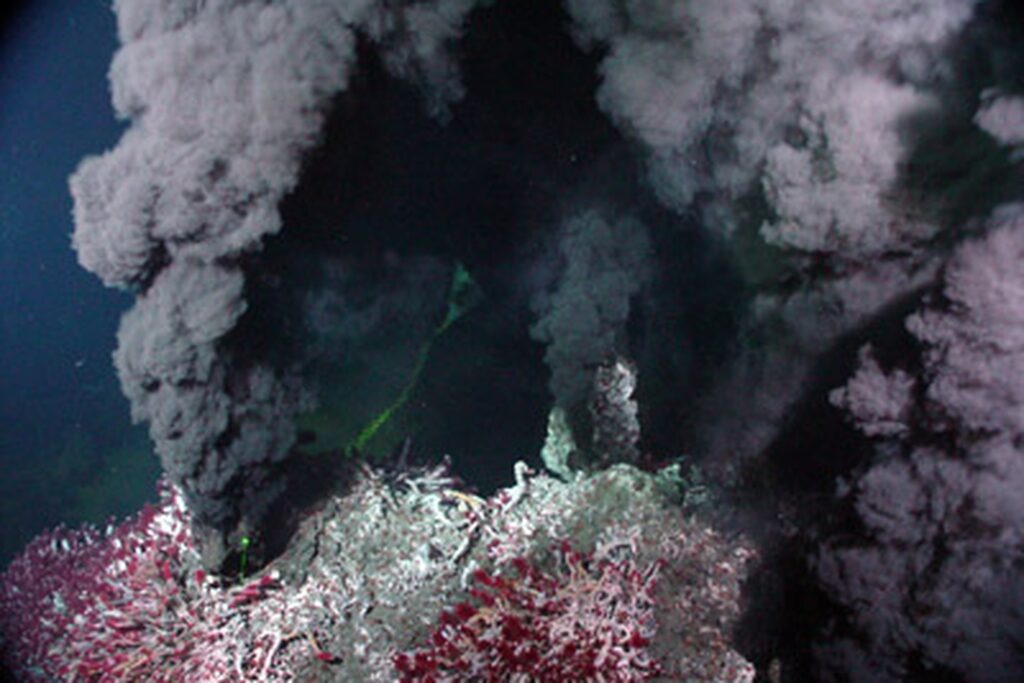
Hydrothermal vents are not rare wonders but are scattered widely across the ocean. They are especially common along mid ocean ridges, where tectonic plates meet and magma rises. Many of these vent fields remain hidden, waiting to be discovered in unexplored parts of the seafloor. Each one holds the possibility of new ecosystems and species we have never seen before. Imagining thousands of vents operating quietly in the dark shows how vast and unknown our planet still is. The deep ocean may seem distant, yet it holds landscapes as alive and diverse as forests and mountains above.
8. They Constantly Rebuild Themselves
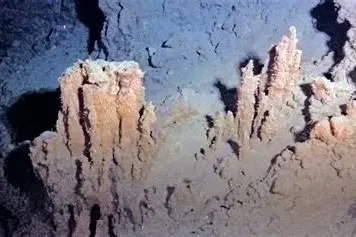
Unlike solid mountains or rivers, hydrothermal vents are constantly changing. Their chimneys can grow tall in a matter of weeks and collapse just as quickly. Sometimes vents clog, shut down, or reopen nearby. This shifting landscape forces creatures to move and adapt, making survival a constant challenge. It shows that even in the deep, the Earth never stands still. Everything is in motion, whether we notice or not. Vents are living reminders of how dynamic our planet is, shaping itself with heat and pressure, always rewriting the story of life at the bottom of the sea.
9. Vent Life May Help Us Find Aliens
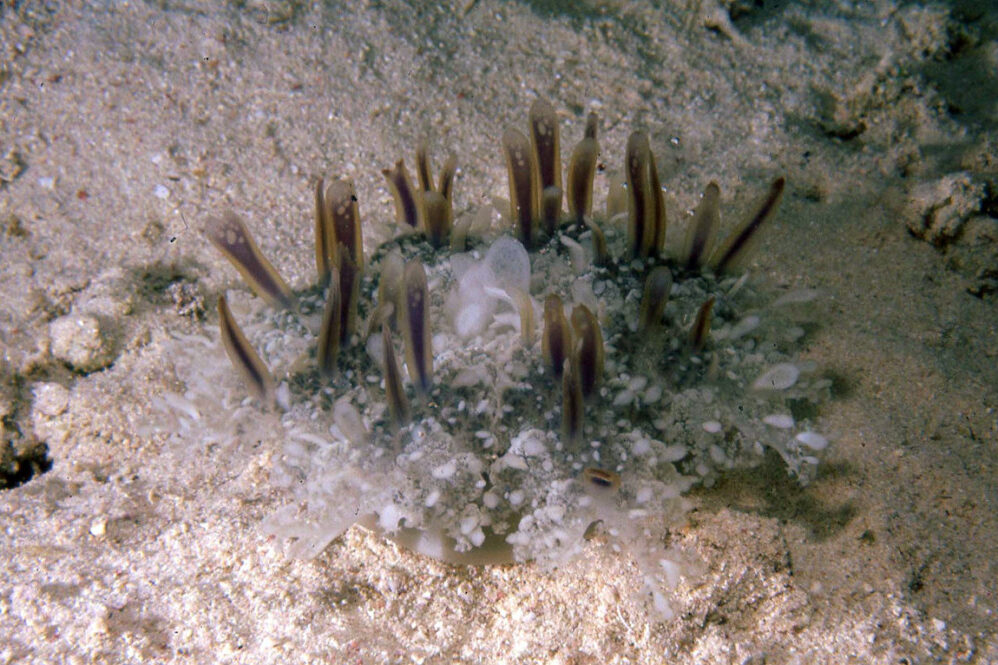
The fact that life thrives around hydrothermal vents gives scientists hope for finding life beyond Earth. If creatures can survive without sunlight in extreme heat and chemical filled waters, perhaps life could exist on other planets or moons too. Worlds like Europa or Enceladus, with oceans hidden beneath ice, might host similar vents. Studying the organisms here could guide us in the search for extraterrestrial life. It is exciting to think that strange shrimp or worms in the deep sea may one day help us recognize what life looks like far away in the universe.
10. They Leave Behind Black or White “Smoke”
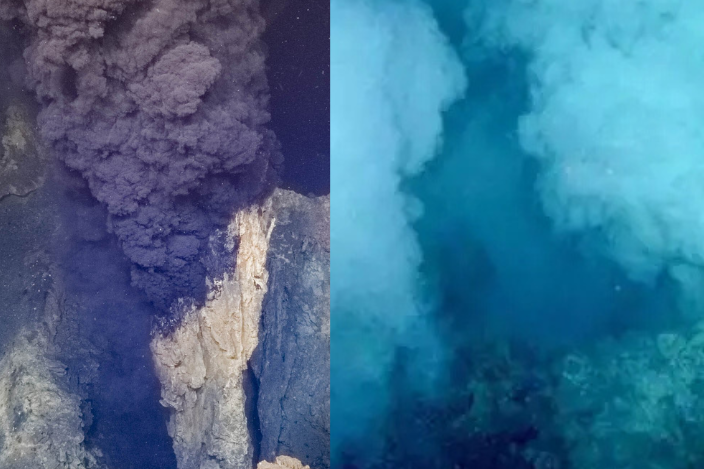
The plumes rising from vents look like smoke drifting through the ocean, but they are actually clouds of minerals. Black smokers release dark plumes heavy with iron and sulfide particles, while white smokers emit lighter clouds made of barium and calcium. These underwater skies give the vents an eerie atmosphere, as if the seafloor has its own kind of weather. Watching them is like seeing Earth breathe through the cracks in its crust. The sight is both beautiful and surreal, painting the dark ocean with colors and movements that belong only to the hidden world below.
11. They Influence Ocean Chemistry
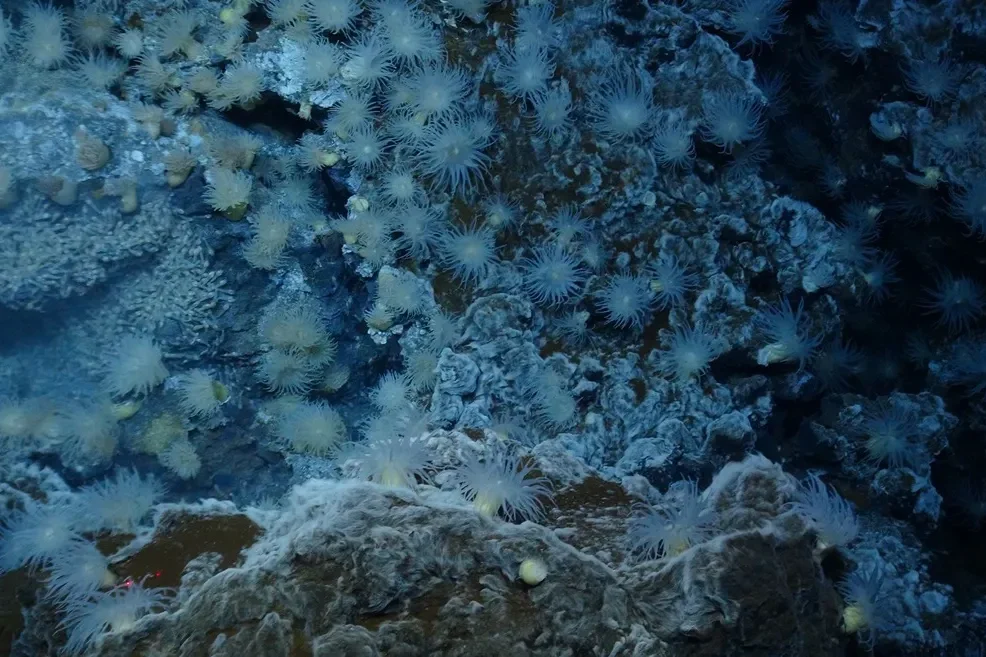
Hydrothermal vents do more than support strange creatures, they also help shape the ocean itself. As their fluids pour out, they carry metals and nutrients that mix into the seawater. This exchange plays an important role in regulating the composition of the ocean and even ties into Earth’s carbon cycle. What happens at the bottom of the sea can influence the balance of life all the way to the surface. It is a quiet but powerful reminder that every corner of our planet is connected, from the hidden vents to the air we breathe each day.
12. They’re Still a Mystery
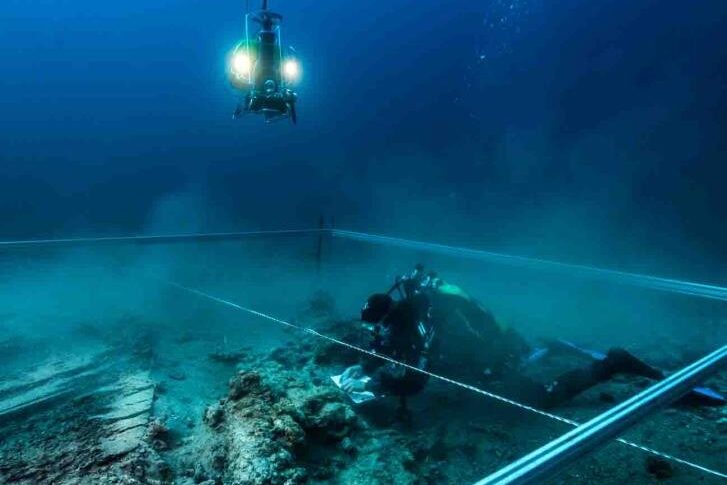
The most surprising fact about hydrothermal vents is how new they are to us. They were only discovered in 1977, which means for most of human history we did not even know they existed. Even today, scientists say we have barely begun to understand them. They may hold answers about how life began, how Earth functions, and perhaps even how we might recognize life beyond our planet. Yet for now they remain part mystery, part wonder. Hydrothermal vents quietly remind us that discovery is never finished, and that the deepest stories are still waiting in the dark.
This story 12 Incredible Things About Deep Sea Vents That Might Hold the Key to Life was first published on Daily FETCH


